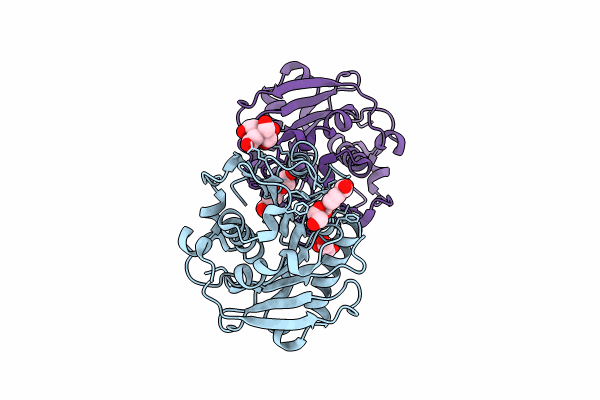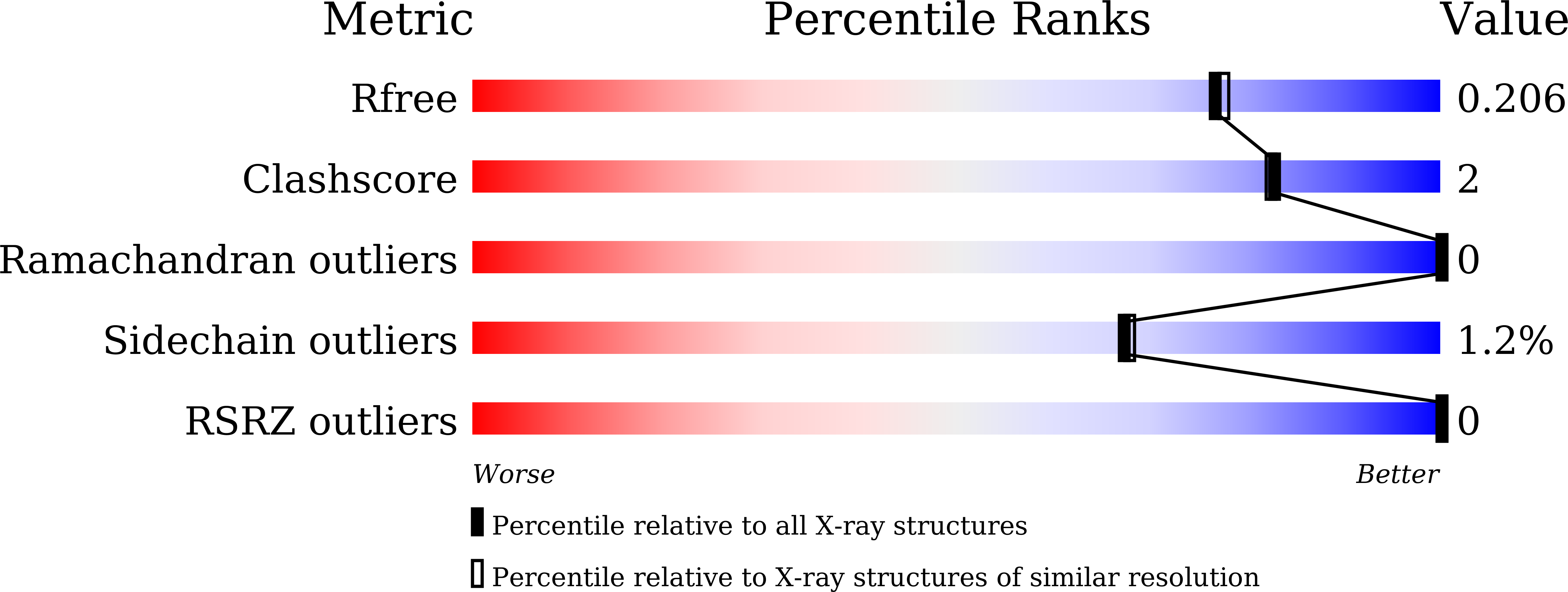
Deposition Date
2024-04-12
Release Date
2024-11-06
Last Version Date
2024-11-06
Entry Detail
PDB ID:
8Z2G
Keywords:
Title:
MHET bound form of PET-degrading cutinase mutant Cut190*SS_S176A
Biological Source:
Source Organism:
Saccharomonospora viridis (Taxon ID: 1852)
Host Organism:
Method Details:
Experimental Method:
Resolution:
1.90 Å
R-Value Free:
0.20
R-Value Work:
0.17
R-Value Observed:
0.20
Space Group:
P 3


